Sense of smell is a vital sense in the animal world, and many creatures rely on it to find food, mates, and even to identify paths around them. Today, we will take stock of the 10 animals with the most sensitive sense of smell in the world, including Elephants-Are-Endangered.html">elephants, sharks, bears, catfish, pigs, mice, dogs, etc.
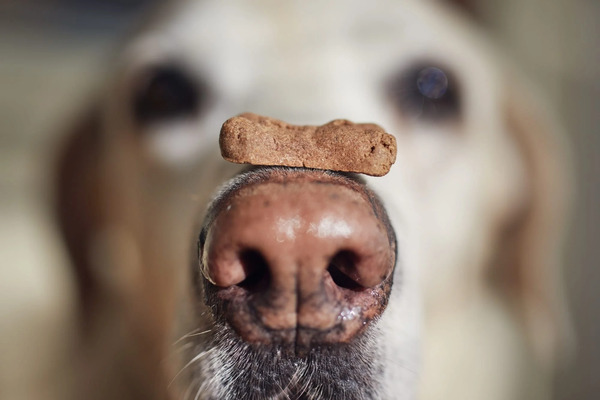
Elephants: Elephants are known for their huge noses and highly developed olfactory organs, which can track water sources and food.
Sharks: Sharks have a keen sense of smell, which allows them to smell the scent of prey from a long distance and locate them.
Bears: Bears have a very sensitive sense of smell, which can help them find food sources and even identify potential dangers.
Catfish: As a freshwater fish, catfish have an excellent sense of smell, which helps them hunt in turbid waters.
Pigs: Pigs have a very keen sense of smell, allowing them to easily find food buried underground.
Mice: Mice are known for their precise sense of smell, which can detect small changes in smell, helping them avoid threats.
Dogs: As loyal companions of humans, dogs have a very developed sense of smell and are widely used in tasks such as tracking, search and rescue, and drug enforcement.
These animals are known around the world for their excellent sense of smell, demonstrating the importance of smell in animal survival and reproduction. Let's take a closer look.
1. Elephants (nearly 2,000 olfactory receptor genes)
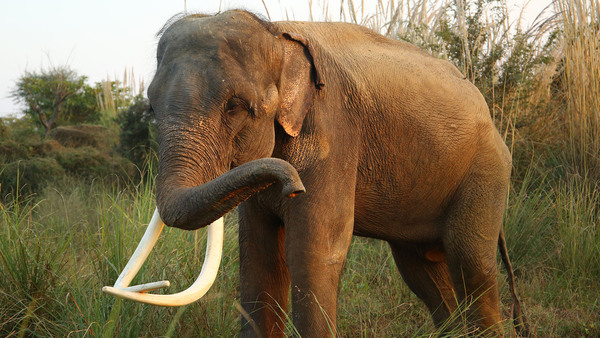
Elephants are one of the animals with the strongest sense of smell in the world, with nearly 2,000 unique olfactory genes, which allow them to identify a variety of odors in the environment. Elephants have an amazing sense of smell, and they can even smell the presence of water sources 12 miles away, thanks to their developed olfactory system and the ability to detect at long distances.
Previous studies have shown that African elephants have the ability to discern tiny changes in the structure of odor molecules that humans and other primates cannot detect. This may partly explain why these huge animals excel in smell, surpassing other creatures. In comparison, even dogs have an extremely sensitive sense of smell, but they have only half the number of olfactory genes as elephants, and humans have one-fifth of the number of olfactory genes as elephants.
2. Shark (detects one drop of blood in a million drops of seawater)

In the animal world, sharks are undoubtedly one of the creatures with extremely keen sense of smell. Sharks are regarded as the most threatening predators in the ocean today, relying on their excellent sense of smell to hunt prey. The olfactory system of this marine creature plays a life-and-death role, occupying two-thirds of its huge brain, showing the vital importance of its sense of smell in survival.

The nasal cavity of a one-meter-long shark is covered with an area of olfactory nerve endings as large as 4,842 square meters, which is a clear sign of its abnormally developed olfactory system. For fierce sharks that are 5-7 meters long, their sense of smell is amazingly sharp. They can detect injured humans and other marine life thousands of meters away, and can smell one drop of blood in a million drops of seawater.
3. Bears (the area of the olfactory bulb is five times that of humans)
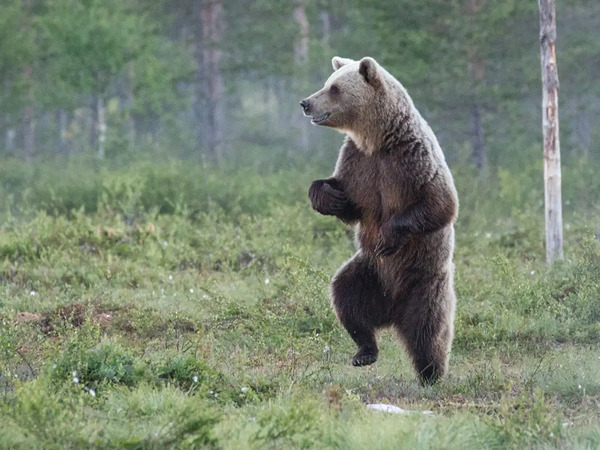
In the ranking of animal olfactory abilities, bears are also a highly regarded existence. Although the brain size of bears is only one-third of that of humans, the area of their olfactory center is five times that of humans, which makes them perform extremely well among many animals, and can accurately find partners, avoid dangers, and track cubs.

When humans camp in the forest, bears will quickly smell the aroma of food prepared by humans, which shows the importance of their keen sense of smell in behavior. Polar bears and silver-capped grizzlies in particular have an extremely keen sense of smell, and with this extraordinary ability, they can detect animal carcasses up to 30 kilometers away.
4. Catfish (covered with taste buds)

In the ranking of animal smell, fish are often overlooked, especially wild fish. In contrast, the sense of smell of many farmed fish is not so developed. Usually, at night, fish can only rely on smell to find food. This tells us that when fishing at night, the taste of bait is particularly important, especially for fish with extremely degraded vision like catfish, where smell becomes their main means of foraging. These fish have more taste buds than other animals, and these taste buds are distributed all over their bodies.
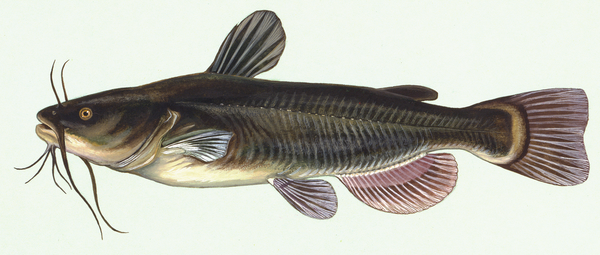
For example, a catfish about 15 cm long has more than 250,000 taste buds, which grow not only in the mouth and gills, but also in the whiskers, fins, back, abdomen, sides of the body and tail. In addition, catfish have extraordinary taste, touch and hearing. They can smell the taste of compounds diluted up to one part per billion, showing the exquisiteness and excellence of their olfactory system.
5. Pigs (highly developed and complex olfactory system)

Pigs are known for their highly developed and complex olfactory system. Their nasal groove system is extremely sensitive, which can not only perceive odors, but also obtain taste and tactile information, making them one of the most sensitive animals. The pig's nose has a large area of olfactory mucosal villi, a high density of olfactory nerves, and a wide distribution of olfactory areas.
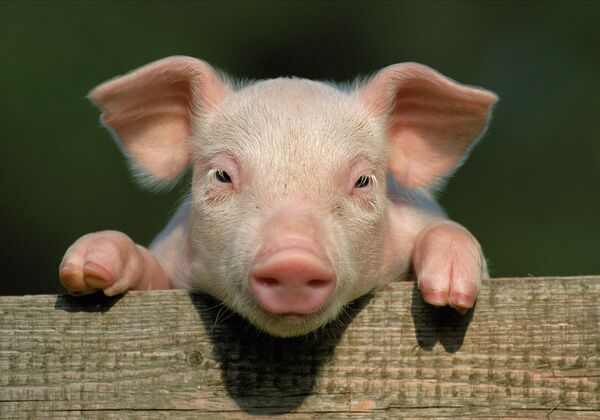
Research by scientists shows that the area responsible for smell in the pig's brain is about the same size as the area responsible for hearing and vision, so the pig's sense of smell is significantly more developed than other animals such as dogs. Through specific training methods, pigs can use their noses to sniff out landmines buried under the soil, and sometimes even serve as customs detectives, replacing the function of police dogs to a certain extent. This shows that pigs have excellent olfactory ability and potential, making them play an important role in a variety of tasks.
6. Mice (1207 olfactory receptor genes)
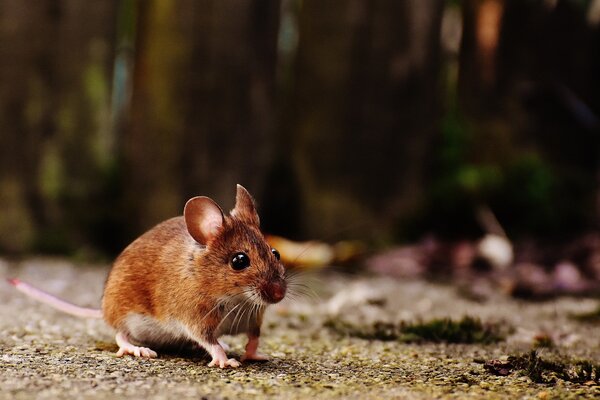
Mice are the most troublesome of the many animals with excellent olfactory abilities, which may be related to the fact that they belong to rodents and are usually good at sniffing. Mice have a wide and flexible diet selectivity, and they have a total of 1207 olfactory receptor genes in their bodies, which helps support their outstanding olfactory system.

Of particular note is the presence of olfactory receptors on a patch of skin on the back of a mouse's neck that allows air to enter its nasal cavity. When a mouse smells something, the odor molecules are sent to its vomeronasal organ, where the odor signal is processed. In addition, mice use this special sensory organ to detect pheromones, thereby identifying and distinguishing different individuals of the same species.
7. Dogs (strongest sense of smell)
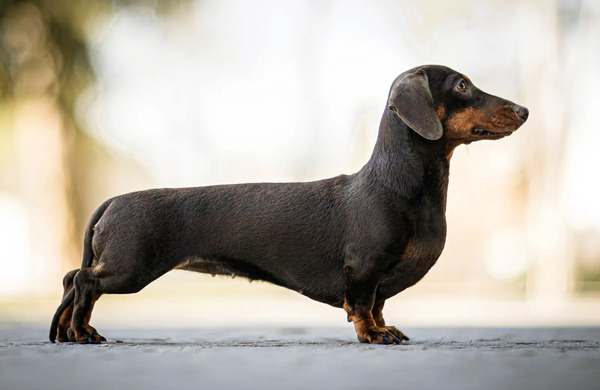
Although dogs' olfactory recognition ability is not the most outstanding among animals, there is no clear direct link between the number of olfactory genes in dogs and their olfactory sensitivity. Compared to elephants, dogs may not be able to match the variety of odors that elephants can smell, but dogs have more sensitive noses and can detect the smell of specific substances at extremely low odor concentrations. Different breeds of dogs have slightly different senses of smell. Bloodhounds are considered one of the best breeds of dogs with a strong sense of smell. They can track smells for more than 14 days, showing a tenacious tracking spirit.
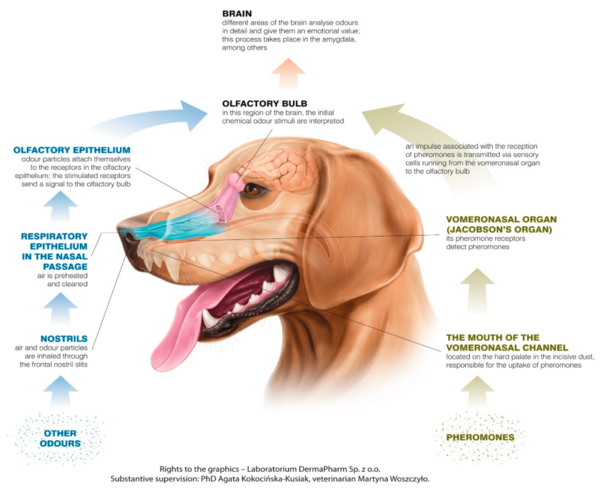
In the global animal smell rankings, bloodhounds stand out for their excellent comprehensive sense of smell, and their sense of smell is extremely sharp. This breed has set an amazing record, tracking smells for up to 220 kilometers continuously, and showing its unparalleled talent for smell.
8. Snakes (Catching odor particles with tongue)
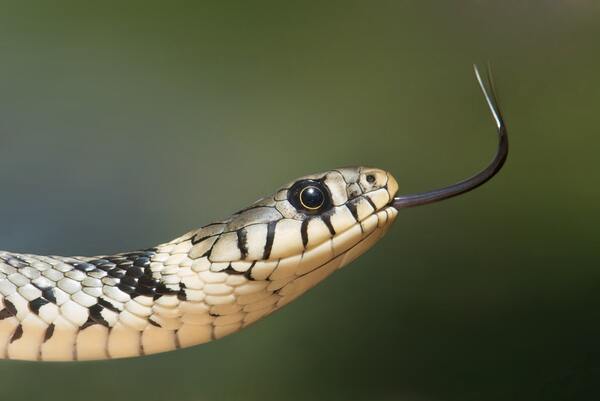
Snakes are an animal with a developed sense of smell that I had not considered before. Like sharks, snakes rely on their excellent sense of smell to alert their surroundings and ensure their survival. They use this sense of smell to make up for their poor eyesight and limited hearing. Although they also use their noses to detect odors, snakes' sense of smell is more related to a pair of organs located in the roof of their mouths, which are called Jacobson's organs or vomeronasal organs.

When snakes smell something, they flick their tongues to get more information about the smell. Snakes have a pair of sharp teeth on their forked tongues that can capture odor molecules in the air, and their brains quickly process this odor information to track the location and trail of prey.
9. Cows (1,186 olfactory receptor genes)

Cows are an animal with 1,186 olfactory receptor genes, which has the strongest sense of smell among all herbivores. They can smell odors up to 8 kilometers away, and this excellent sense of smell allows them to see their surroundings and detect upcoming activities. In addition to their keen sense of smell, cows also have excellent hearing ability, comparable to that of dogs. Because their eyes are located on the sides of their heads, cows can see around and behind them, with a field of vision that exceeds the 180-degree range of humans, reaching an amazing 300 degrees.
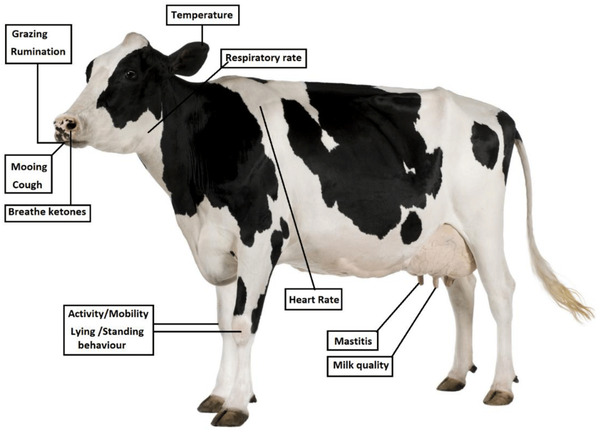
When cows lower their heads to eat grass, their field of vision even covers almost 360 degrees, achieving almost panoramic vision. These keen senses allow cows to easily detect danger or potential attacks.
10. Moths (with special smell receptors)
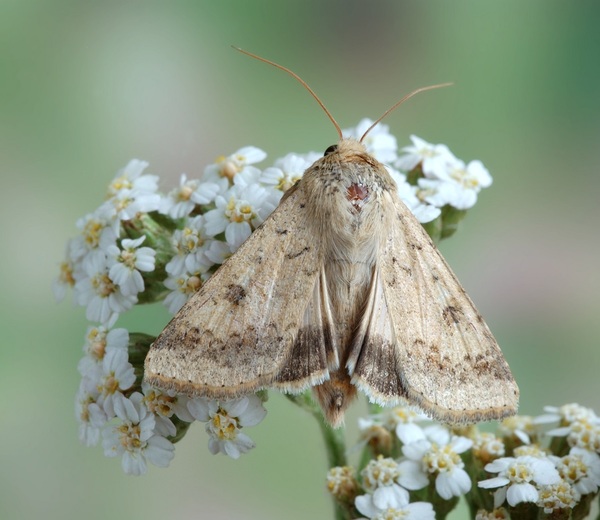
Even smaller animals may have an excellent "good nose", just like moths. Male moths in particular may be the champions in terms of smell, and they may well hold the record for being highly sensitive. Although male moths do not have organs like the nose we know, they have large antennae that are extremely sensitive to smells. These creatures can smell individual pheromone scent particles released by females, even if these pheromones come from 10 kilometers away. All thanks to the unique scent receptors in their large, colorful, feathery antennae.
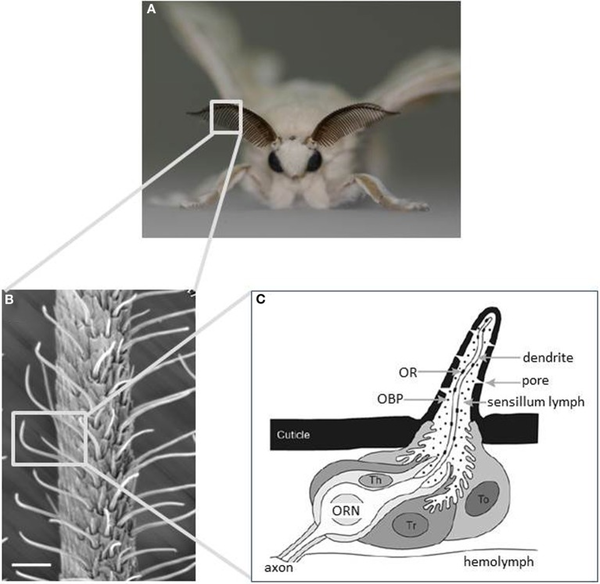
Some female moths deliberately change their path of movement to release trace amounts of pheromones, so that only male moths with an extremely sensitive sense of touch can track their location. The record holder for the highest sense of smell sensitivity is probably the Polyphemus moth: as long as its antennae receive a pheromone molecule, its brain will react accordingly, demonstrating an unprecedented sense of smell.

The list of the top 10 animals with the most sensitive sense of smell in the world is mainly based on the animal's ability to identify smells/sharpness and comprehensively refers to relevant rankings/lists on the Internet for recommendation. This time, only the relevant list is counted for entertainment reference only. Comments and corrections are welcome at the end of the article!
animal tags:
We created this article in conjunction with AI technology, then made sure it was fact-checked and edited by a Animals Top editor.